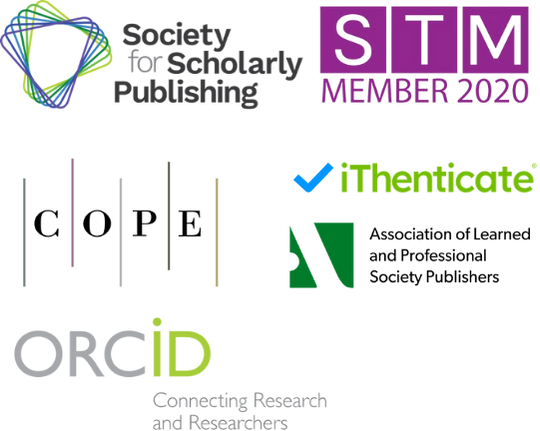Research on Integrated Control Strategies for Autonomous Robot Navigation: Trajectory Tracking and Intelligent Path Planning in Dynamic Environments
DOI:
https://doi.org/10.71222/a5kbyb85Keywords:
autonomous robots, trajectory tracking, path planning, integrated control, real-time perceptionAbstract
With the rapid development of intelligent manufacturing and automation technologies, automated robots have become crucial in both industrial and service sectors. Trajectory tracking technology ensures that robots follow predefined paths accurately, while path planning is responsible for determining the optimal route for robots to navigate through complex environments. The integration of these two technologies is particularly important in dynamic settings, as it directly impacts the stability and operational efficiency of robots. Current research focuses on enhancing the autonomy and flexibility of robots in uncertain environments through advanced algorithms such as model predictive control and sampling-based path planning. This paper provides a comprehensive review of the state-of-the-art in automated robot trajectory tracking and path planning technologies, discusses the challenges faced in practical applications, and explores future research directions. The role of visual perception in improving the efficiency of path planning is also highlighted, with particular attention to the impact of real-time object detection technologies on autonomous navigation.
References
1. J. Zeng, L. Qin, Y. Hu, Q. Yin, and C. Hu, “Integrating a path planner and an adaptive motion controller for navigation in dynamic environments,” Appl. Sci., vol. 9, no. 7, p. 1384, 2019, doi: 10.3390/app9071384.
2. R. S. Pol and M. Murugan, "A review on indoor human aware autonomous mobile robot navigation through a dynamic environment survey of different path planning algorithm and methods," in 2015 Int. Conf. Ind. Instrum. Control (ICIC), Pune, India, 2015, pp. 1339-1344, doi: 10.1109/IIC.2015.7150956.
3. N. AbuJabal, M. Baziyad, R. Fareh, B. Brahmi, T. Rabie, and M. Bettayeb, “A comprehensive study of recent path-planning techniques in dynamic environments for autonomous robots,” Sensors, vol. 24, no. 24, p. 8089, 2024., doi: 10.3390/s24248089.
4. L. Yang, P. Li, S. Qian, Q. He, J. Miao, M. Liu, Y. Hu, and E. Memetimin, “Path planning technique for mobile robots: A review,” Machines, vol. 11, no. 10, p. 980, 2023, doi: 10.3390/machines11100980.
5. M. Pei, H. An, B. Liu and C. Wang, "An Improved Dyna-Q Algorithm for Mobile Robot Path Planning in Unknown Dynamic Environment," IEEE Trans. Syst., Man, Cybern., Syst., vol. 52, no. 7, pp. 4415-4425, July 2022, doi: 10.1109/TSMC.2021.3096935.
6. S. J. Al-Kamil and R. Szabolcsi, “Optimizing path planning in mobile robot systems using motion capture technology,” Results Eng., vol. 22, p. 102043, 2024, doi: 10.1016/j.rineng.2024.102043
7. L. Lindemann, M. Cleaveland, G. Shim and G. J. Pappas, "Safe Planning in Dynamic Environments Using Conformal Pre-diction," IEEE Robot. Autom. Lett., vol. 8, no. 8, pp. 5116-5123, Aug. 2023, doi: 10.1109/LRA.2023.3292071.
8. H. Guo, Y. Zhang, L. Chen, and A. A. Khan, “Research on vehicle detection based on improved YOLOv8 network,” arXiv preprint arXiv:2501.00300, 2024, doi: 10.1109/LRA.2023.3292071.
Downloads
Published
Issue
Section
License
Copyright (c) 2025 Dajun Tao (Author)

This work is licensed under a Creative Commons Attribution 4.0 International License.


